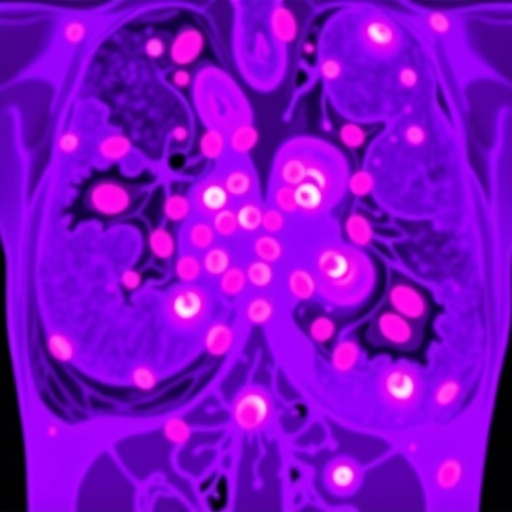Larger parts of the cerebral cortex than thought process tactile stimuli

Credit: MPI CBS
An encouraging pat on the back or a soft sweater on the skin – even things that we do not actively explore with the hands, we perceive with our body perception. “Which brain areas are responsible for this perception of touch, however, is still largely unknown,” says Privatdozent Dr. Burkhard Pleger, neurologist at the Berufsgenossenschaftlichen Kliniken Bergmannsheil in Bochum and co-author of the study. To investigate this question, he and his colleagues from Leipzig examined the brains of 70 patients using structural magnetic resonance imaging (MRI).
As the result of an injury or a stroke, the participants suffered from a disturbed body perception, such as hypoesthesia – a condition in which the pressure and touch perception of the skin is impaired. People who have suffered such damages – called lesions – in the brain are a particularly important group of patients for neuroscientists. By comparing the location of the damage in the brain and the symptoms of the patients with each other, the researchers can draw conclusions about the function of individual brain areas.
In the current study, the scientists identified different areas that were linked to a limited sense of touch. In doing so, they were able to support some findings from a previous lesion study on body awareness and also to find new areas of the brain that had not been associated with the perception of touch before.
The researchers were able to show that not only the somatosensory cortex is involved in the perception of touch, but also parts of the prefrontal cortex and posterior parietal lobe – brain regions that are known to be essential for attention-focusing and body awareness.
“The study shows that the brain network responsible for the perception of skin contact is much more complex than previously thought,” says Pleger.
###
Media Contact
Michael Rullmann
[email protected]
49-341-994-02207
Related Journal Article
http://dx.





